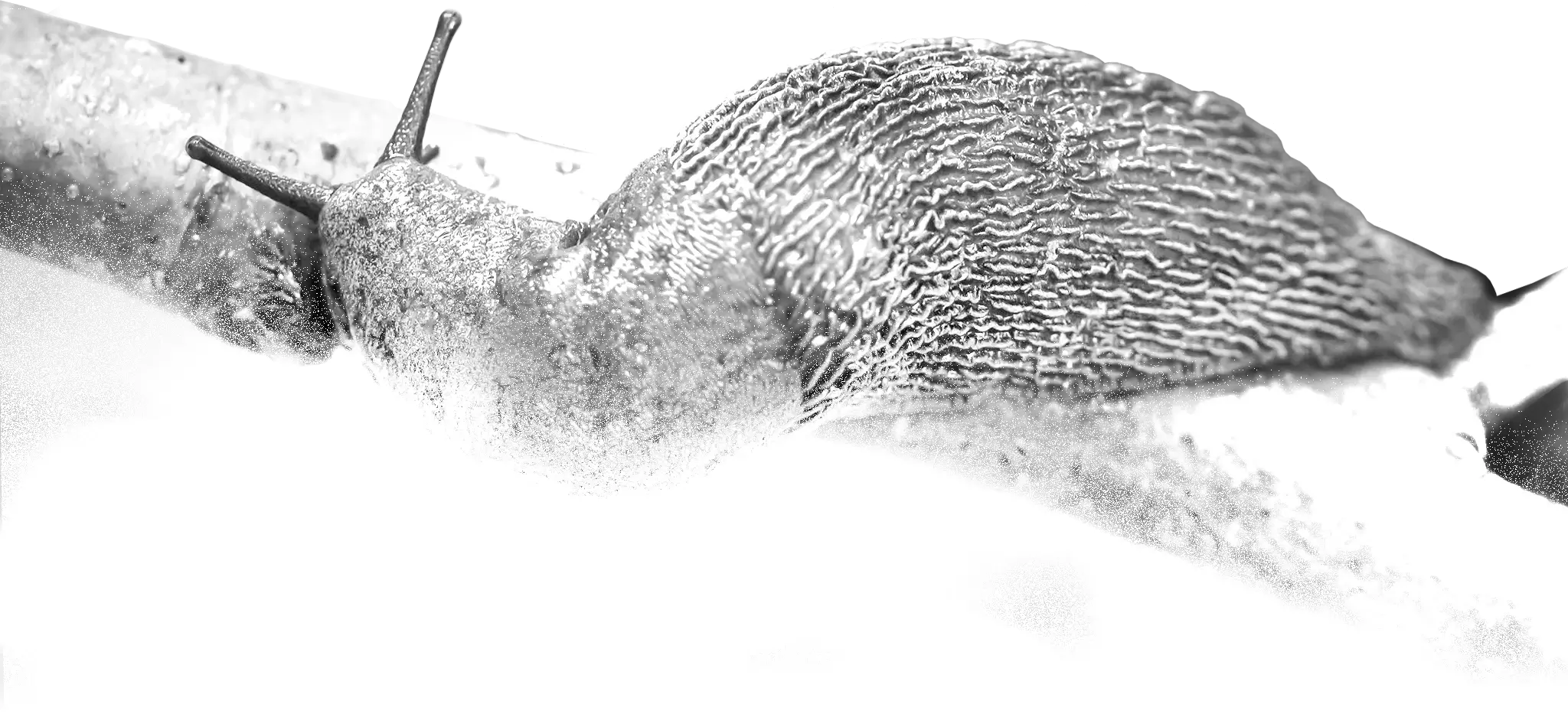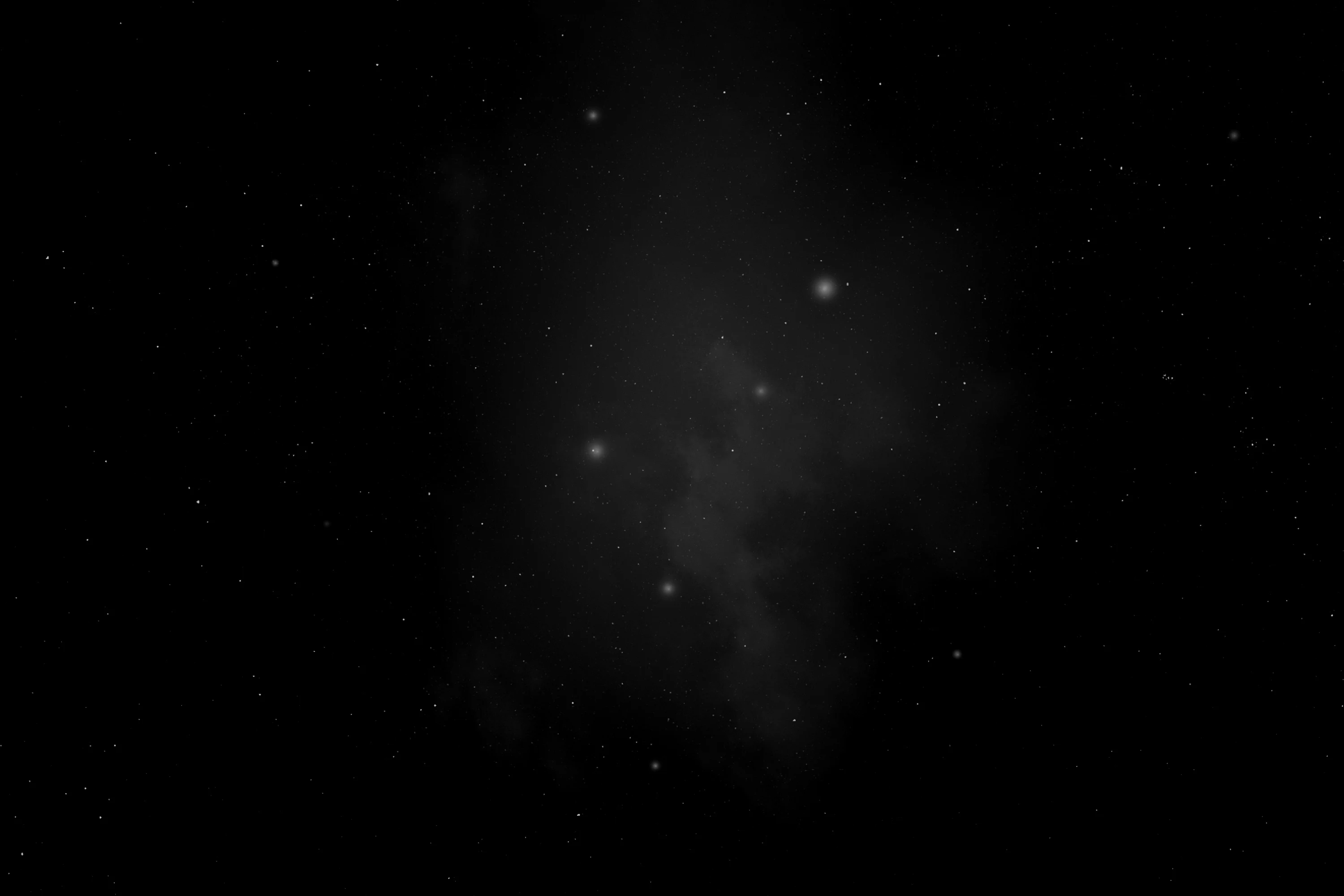
(Entoprocta)
Entoprocts
Внутрішньопорошицеві
Entoprocta, is a phylum of mostly sessile aquatic animals, ranging from 0.1 to 7 mm long. Mature individuals are goblet-shaped, on relatively long stalks. They have a “crown” of solid tentacles whose cilia generate water currents that draw food particles towards the mouth, and both the mouth and anus lie inside the “crown”. The superficially similar Bryozoa (Ectoprocta) have the anus outside a “crown” of hollow tentacles. Most families of entoprocts are colonial, and all but 2 of the 150 species are marine. A few solitary species can move slowly.
Some species eject unfertilized ova into the water, while others keep their ova in brood chambers until they hatch, and some of these species use placenta-like organs to nourish the developing eggs. After hatching, the larvae swim for a short time and then settle on a surface. There they metamorphose, and the larval gut rotates by up to 180°, so that the mouth and anus face upwards. Both colonial and solitary species also reproduce by cloning — solitary species grow clones in the space between the tentacles and then release them when developed, while colonial ones produce new members from the stalks or from corridor-like stolons.
Entoprocts are superficially like bryozoans (ectoprocts), as both groups have a “crown” of tentacles whose cilia generate water currents that draw food particles towards the mouth. However, they have different feeding mechanisms and internal anatomy, and bryozoans undergo a metamorphosis from larva to adult that destroys most of the larval tissues; their colonies also have a founder zooid which is different from its “daughters”.
Zooids
The body of a mature entoproct zooid has a goblet-like structure with a calyx mounted on a relatively long stalk that attaches to a surface. The rim of the calyx bears a “crown” of 8 to 30 solid tentacles, which are extensions of the body wall. The base of the “crown” of tentacles is surrounded by a membrane that partially covers the tentacles when they retract. The mouth and anus lie on opposite sides of the atrium (space enclosed by the “crown” of tentacles), and both can be closed by sphincter muscles. The gut is U-shaped, curving down towards the base of the calyx, where it broadens to form the stomach. This is lined with a membrane consisting of a single layer of cells, each of which has multiple cilia.
The stalks of colonial species arise from shared attachment plates or from a network of stolons, tubes that run across a surface. In solitary species, the stalk ends in a muscular sucker, or a flexible foot, or is cemented to a surface. The stalk is muscular and produces a characteristic nodding motion. In some species it is segmented. Some solitary species can move, either by creeping on the muscular foot or by somersaulting.
The body wall consists of the epidermis and an external cuticle, which consists mainly of criss-cross collagen fibers. The epidermis contains only a single layer of cells, each of which bears multiple cilia (“hairs”) and microvilli (tiny “pleats”) that penetrate through the cuticle. The stolons and stalks of colonial species have thicker cuticles, stiffened with chitin.
There is no coelom (internal fluid-filled cavity lined with peritoneum) and the other internal organs are embedded in connective tissue that lies between the stomach and the base of the “crown” of tentacles. The nervous system runs through the connective tissue and just below the epidermis, and is controlled by a pair of ganglia. Nerves run from these to the calyx, tentacles and stalk, and to sense organs in all these areas.
Vegetative functions
Entoprocts generally use one or both of: ciliary sieving, in which one band of cilia creates the feeding current and another traps food particles (the “sieve”); and downstream collecting, in which food particles are trapped as they are about to exit past them. In entoprocts, downstream collecting is carried out by the same bands of cilia that generate the current; trochozoan larvae also use downstream collecting, but use a separate set of cilia to trap food particles.
In addition, glands in the tentacles secrete sticky threads that capture large particles. A non-colonial species reported from around the Antarctic Peninsula in 1993 has cells that superficially resemble the cnidocytes of cnidaria, and fire sticky threads. These unusual cells lie around the mouth, and may provide an additional means of capturing prey.
The stomach and intestine are lined with microvilli, which are thought to absorb nutrients. The anus, which opens inside the “crown”, ejects solid wastes into the outgoing current after the tentacles have filtered food out of the water; in some families it is raised on a cone above the level of the groove that conducts food to the mouth. Most species have a pair of protonephridia which extract soluble wastes from the internal fluids and eliminate them through pores near the mouth. However, the freshwater species Urnatella gracilis has multiple nephridia in the calyx and stalk.
The zooids absorb oxygen and emit carbon dioxide by diffusion, which works well for small animals.
Reproduction and life cycle
Most species are simultaneous hermaphrodites, but some switch from male to female as they mature, while individuals of some species remain of the same sex all their lives. Individuals have one or two pairs of gonads, placed between the atrium and stomach, and opening into a single gonopore in the atrium. The eggs are thought to be fertilized in the ovaries. Most species release eggs that hatch into planktonic larvae, but a few brood their eggs in the gonopore. Those that brood small eggs nourish them by a placenta-like organ, while larvae of species with larger eggs live on stored yolk. The development of the fertilized egg into a larva follows a typical spiralian pattern: the cells divide by spiral cleavage, and mesoderm develops from a specific cell labelled “4d” in the early embryo. There is no coelom at any stage.
In some species the larva is a trochophore which is planktonic and feeds on floating food particles by using the two bands of cilia round its “equator” to sweep food into the mouth, which uses more cilia to drive them into the stomach, which uses further cilia to expel undigested remains through the anus. In some species of the genera Loxosomella and Loxosoma, the larva produces one or two buds that separate and form new individuals, while the trochophore disintegrates. However, most produce a larva with sensory tufts at the top and front, a pair of pigment-cup ocelli (“little eyes”), a pair of protonephridia, and a large, cilia-bearing foot at the bottom. After settling, the foot and frontal tuft attach to the surface. Larvae of most species undergo a complex metamorphosis, and the internal organs may rotate by up to 180°, so that the mouth and anus both point upwards.
All species can produce clones by budding. Colonial species produce new zooids from the stolon or from the stalks, and can form large colonies in this way. In solitary species, clones form on the floor of the atrium, and are released when their organs are developed.
Source: Wikipedia

